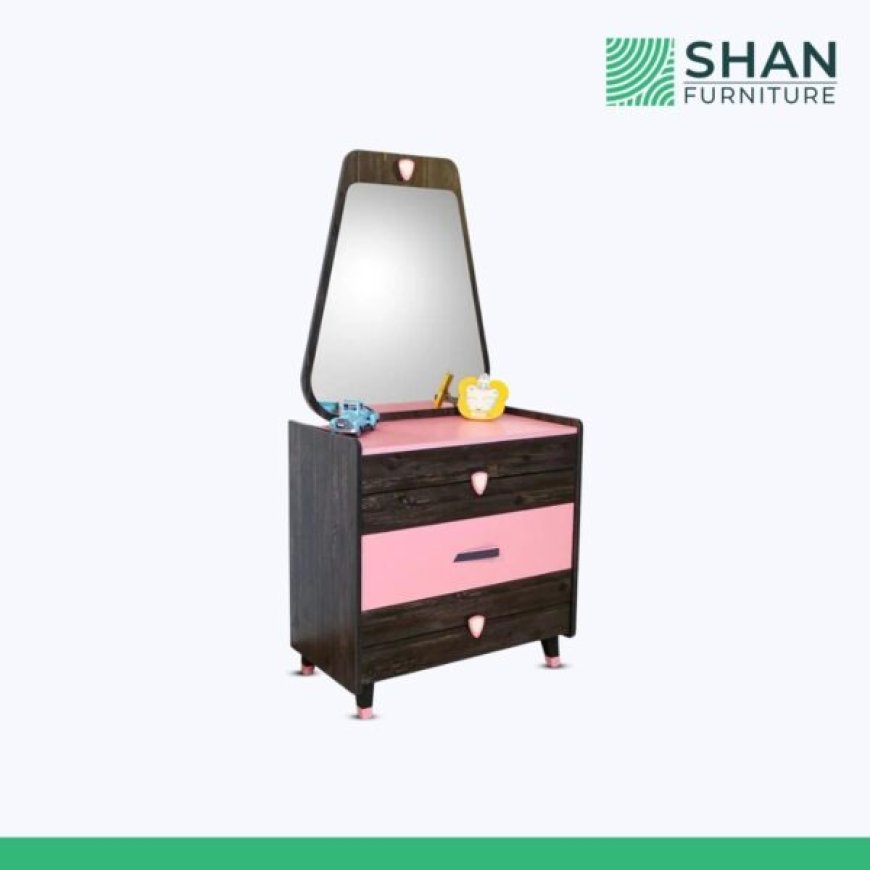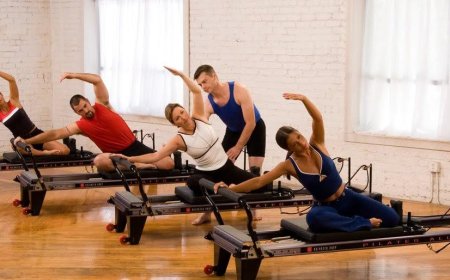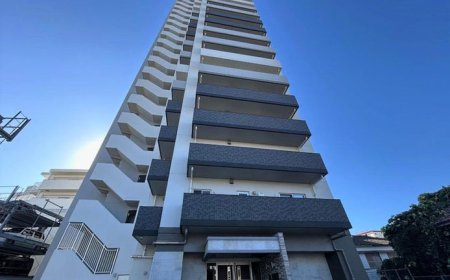How to Choose the Perfect Kids Dressing Table
A kids dressing table is more than just a miniature version of an adult vanity—it's a special piece of furniture that can nurture independence, creativity, and a sense of self in children.

A kids dressing table is more than just a miniature version of an adult vanityit's a special piece of furniture that can nurture independence, creativity, and a sense of self in children. Whether your child enjoys playing dress-up, experimenting with accessories, or simply having their own organized space, choosing the right dressing table can make a big difference. This comprehensive guide will walk you through the most important factors to consider when shopping for the perfect kids dressing table.
Why a Kids Dressing Table is a Great Addition
Before diving into the specifics of choosing one, its worth understanding why a kids dressing table is such a valuable item:
-
Promotes Independence: Encourages children to take responsibility for their grooming and appearance.
-
Boosts Creativity: Great for pretend play, especially for children who love role-playing or dressing up.
-
Organizational Skills: Helps kids learn how to store and maintain their personal items.
-
A Sense of Ownership: Gives them a designated space thats just for them, enhancing confidence and personal expression.
1. Safety First: Non-Negotiable Considerations
When choosing any piece of furniture for children, safety should always be your top priority. A kids dressing table should have the following features:
-
Rounded Edges: To prevent injuries from accidental bumps.
-
Stable Structure: Ensure the table doesn't wobble or tip over easily.
-
Shatterproof Mirrors: If a mirror is included, it should be acrylic or another shatterproof material.
-
Non-Toxic Finishes: Look for paint and finishes that are labeled as non-toxic and child-safe.
Its also smart to check for any recalls or certifications from safety organizations before finalizing your purchase.
2. Choose the Right Size
Not all kids dressing tables are created equal, and size matters. Youll want a dressing table that is:
-
Ergonomically Appropriate: The table and chair should be at a comfortable height for your child to sit and use without straining.
-
Proportional to the Room: Ensure the table doesnt overcrowd your childs bedroom or playroom.
As a general rule, look for dressing tables specifically labeled for certain age ranges (e.g., 35 years, 68 years, etc.).
3. Functionality and Storage
A great kids dressing table should combine form with function. Think about how your child will use the table:
-
Drawers and Compartments: Ideal for storing hair accessories, brushes, jewelry, or even small toys.
-
Shelving: Open shelves are handy for displaying favorite items or keeping essentials within easy reach.
-
Removable Components: Some models have detachable mirrors or modular storage, which can adapt as your child grows.
If your child enjoys arts and crafts, consider a dressing table that can double as a craft station with plenty of storage bins.
4. Style and Theme: Make It Magical
The look of the kids dressing table should align with your childs personality and the decor of their space. Here are some popular themes and styles:
-
Princess or Fairy Tale: Think soft pastels, heart-shaped mirrors, and floral accents.
-
Modern and Minimalist: Clean lines and neutral colors for a more grown-up look.
-
Animal or Nature-Inspired: Whimsical designs with fun animal motifs or forest themes.
-
Customizable: Some tables can be painted or decorated to fit your childs evolving tastes.
Involving your child in the decision-making process can be a fun activity and ensures theyll love using it.
5. Materials and Durability
The material of the kids dressing table directly affects its durability and safety. Common materials include:
-
Wood: Sturdy and long-lasting; look for solid wood rather than particleboard.
-
MDF (Medium-Density Fiberboard): Affordable and often painted in bright, child-friendly colors, though slightly less durable than solid wood.
-
Plastic: Lightweight and easy to clean, but often less durable and stylish.
Whichever material you choose, make sure the construction is high-quality and wont easily wear out with daily use.
6. Mirror or No Mirror?
Not all kids dressing tables come with mirrors, and whether to include one is a personal decision. Consider the following:
-
Benefits of Mirrors:
-
Helps children learn about self-image and grooming.
-
Encourages role-play and creativity.
-
-
Safety Concerns:
-
Ensure any mirror included is made of acrylic or another child-safe material.
-
Wall-mounted mirrors are safer than freestanding ones for very young children.
-
For toddlers or younger kids, a mirror-free table might be a better option until theyre old enough to handle one safely.
7. Easy Maintenance and Cleaning
Lets face itkids can be messy. From spilled glitter to smeared lip balm, your kids dressing table is likely to see its fair share of messes. Choose a model thats:
-
Easy to Wipe Clean: Smooth, non-porous surfaces are ideal.
-
Water and Stain Resistant: Protective coatings can help maintain the look of the table.
-
Sturdy Paint or Laminate Finish: Prevents chipping and scratching with regular use.
Some tables even come with removable trays or storage bins that make tidying up a breeze.
8. Portability and Assembly
Depending on your space or lifestyle, portability might be a key factor:
-
Lightweight Design: Easier to move if youre rearranging or relocating.
-
Flat-Pack Options: Great for families who move frequently or need to store the table between uses.
-
Ease of Assembly: Look for models with clear instructions and all the necessary tools included.
Reading online reviews can help determine how easy a specific kids dressing table is to set up.
9. Budget Considerations
Kids dressing tables come in a wide range of prices, from budget-friendly plastic sets to high-end wooden vanities. Consider your budget but remember:
-
Value Over Price: A slightly more expensive table that lasts years is often better than a cheaper one that breaks quickly.
-
Look for Deals: Shopping during sales events or looking at second-hand options can save money.
Some well-reviewed options can be found for under $100, while more elaborate wooden sets can cost upwards of $300.
10. Top Features to Look For
Heres a checklist of must-have features when shopping for the perfect kids dressing table:
-
? Child-safe materials and finishes
-
? Age-appropriate size and height
-
? Durable mirror or mirror-free design
-
? Storage compartments and drawers
-
? Appealing theme or style
-
? Easy to clean and maintain
-
? Lightweight or portable if needed
-
? Easy assembly with good reviews
Keep these in mind to narrow down your choices effectively.
Final Thoughts: Make It Personal and Fun
Choosing a kids dressing table should be a fun and engaging experience. Whether youre designing a dreamy princess bedroom or creating a cozy corner for your budding stylist, the right dressing table can inspire confidence, imagination, and independence in your child. Be sure to factor in your childs age, personality, and preferences to find a table that truly fits.




































